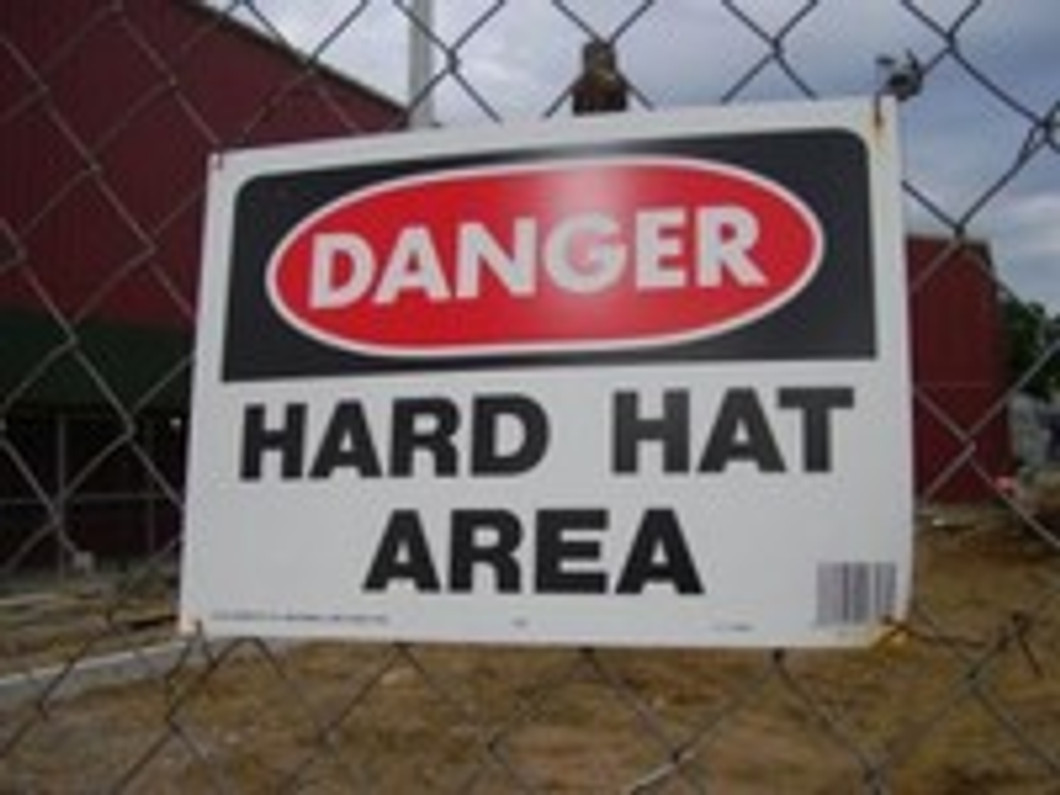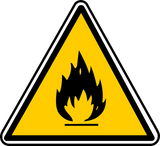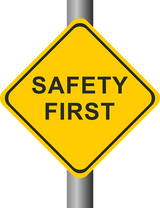Hard Hats 101: What You Should Know
Protection against head injury is critical in the workplace, which is where hard hats come into play. This otherwise simple personal protection equipment (PPE) can prove to be a real life saver, keeping workers safe from lethal head injuries. It's a common assumption that all types of hard hats are the same, but this isn't the case. While they may 'appear' similar, there are some major differences between them that shouldn't go unnoticed. For a breakdown on the different types of hard hats, along with their level of protection, keep reading.
Hard hats are classified according to the American National Standards Institute (ANSI) Standard Z89.1. This is done to ensure workers are given the appropriate headgear for their respective jobs. You can identify a hard hat's ANSI classification by looking for the label (usually found inside the helmet). See the classification standards below for more information ton the American National Standards Institute (ANSI) Standard Z89.1.
Type I and Type II Hard Hats
Nearly all professional-grade hard hats fall into one of two different categories. Type I hard hats are designed to protect the wearer against objects and force blows coming directly from above, while Type II hard hats are designed to protect the wearer against objectives and force blows coming from either the top or sides. The only real difference between Type I and Type II hard hats is the added side protection in Type II.
Obviously, Type II hard hats are the preferred choice by workers due to their increased level of protection. With that said, some workplaces may find the Type I hard hats to suffice. It's important for companies to identify the potential hazards in their workplace and choose the appropriate Type of hard hat for the job.
Hard Hat Classes
Along with Type, hard hats are also classified according to Class. In short, Class is used to define a hard hat's ability to resist electrical currents. Electrical workers wearing the wrong Class hard hat are susceptible to shock.
- Class G - Limited shock protection up to 2,200 volts (formerly known as Class A under previous standard).
- Class E - highest level of electrical protection, offering full protection against shocks of 20,000 volts (formerly known as Class B under previous standard).
- Class C - offers no electrical protection.
Hopefully, this will give you a better understanding of the different types of hard hats on the market.
Recent Posts
-
Fire Safety in the Workplace: What You Need to Know
What steps are you taking to prevent fires in your workplace? According to the U.S. Occupational Saf …Aug 23rd 2023 -
Is It Safe to Go Jogging With a Cold Infection?
If you're suffering from a cold infection, you might be wondering whether it's safe to go jogging. T …Aug 22nd 2023 -
5 Safety Tips to Follow When Using a Powder-Actuated Tool
Powder-actuated tools are commonly used to join materials to steel and concrete. Also known as Hilti …Aug 20th 2023




